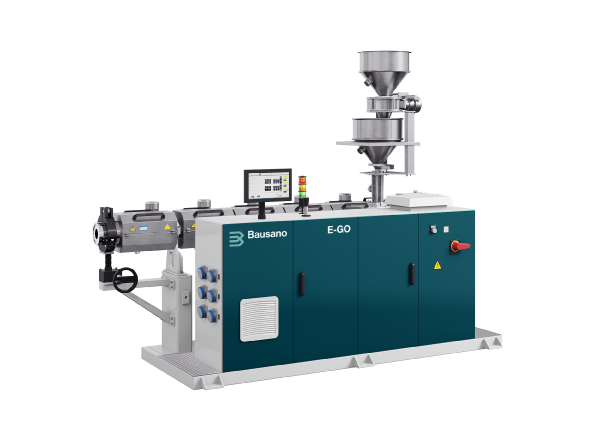In summary
Here we will examine the challenges associated with the extrusion of large-diameter HDPE pipes, particularly those with a wall thickness greater than 75 mm. The main challenges include ineffective cooling and deformation of the melt, which can compromise the regularity of the wall thickness. Solutions such as optimising die spacing and using less deformable materials are proposed to improve pipe strength and quality.
Dimensions and thicknesses of HDPE pipes
Maintaining dimensions within specifications is problematic for the extrusion of large diameter thick-wall HDPE pipes (> 75mm wall) due to sag caused by insufficient resin melt strength.
The diameter of HDPE pipe increases during extrusion and it causes a thickness increase; the pipe doesn't effectively cool from inside and within the core, and the linear speed decreases.
Solutions to Cooling Problems
Large diameter pipes typically take 3.3 hours to be produced and may have various segments of different crystallinity, thickness and moisture content. In most HDPE extrusion processes, 60% to 80% of the crystallization takes place during the cooling phase of processing and as much as 90% occurs within a week of processing. Remaining crystallization can take months to complete, depending on the ambient temperature. However, crystallization continues until a stable crystal structure is achieved.
For thick-walled pipe, the inside of the pipe remains molten for as long as ten hours, causing downward melt flow called sag. This can cause serious non-uniformity in pipe wall thickness.
This can be compensated in two ways:
- By offsetting the die gap, but this takes time and always leads to the use of additional material;
- By using low sag HDPE material and optimization of the cooling process.
The conventional way to reduce sag is by manually adjusting the die eccentricity until an acceptable wall thickness profile is achieved.
To minimize efforts and compensate the effect of sag, the die gap is adjusted before starting the extrusion in such a manner that the die gap is more at the top and less at the bottom of the die.
We can use ultrasonic thickness measuring instruments, with four locations at 90° to each other, which display thickness variation on the screen. Alternatively, portable equipment may be used to measure the thickness at various places on the pipe.
Once we have knowledge of thickness variation, we can fine-tune it by altering the temperature of the segmented heater appropriately to control thickness and save wastage, as well as improve quality.
Due to the high wall thickness and the slow cooling process governed by the thermal conductivity of PE, it is of utmost importance that the HDPE in molten state possesses sufficient melt strength to prevent the material from sagging to the bottom of the pipe.
The use of Hexene, an organic compound, developed for very large diameter pipes is known to provide better slow crack growth resistance and resistance against rapid crack propagation, and a superior melt strength.
The molecular weight distribution has been adjusted to increase the viscosity at low shear rates, which reduces the sag, while allowing the same material to be used for smaller diameter pipes.
A new way to reduce sag has been proposed, by rotating the pipe during cooling.
You can find more details from Yashodhan Kanade, a great PVC Technologist.




